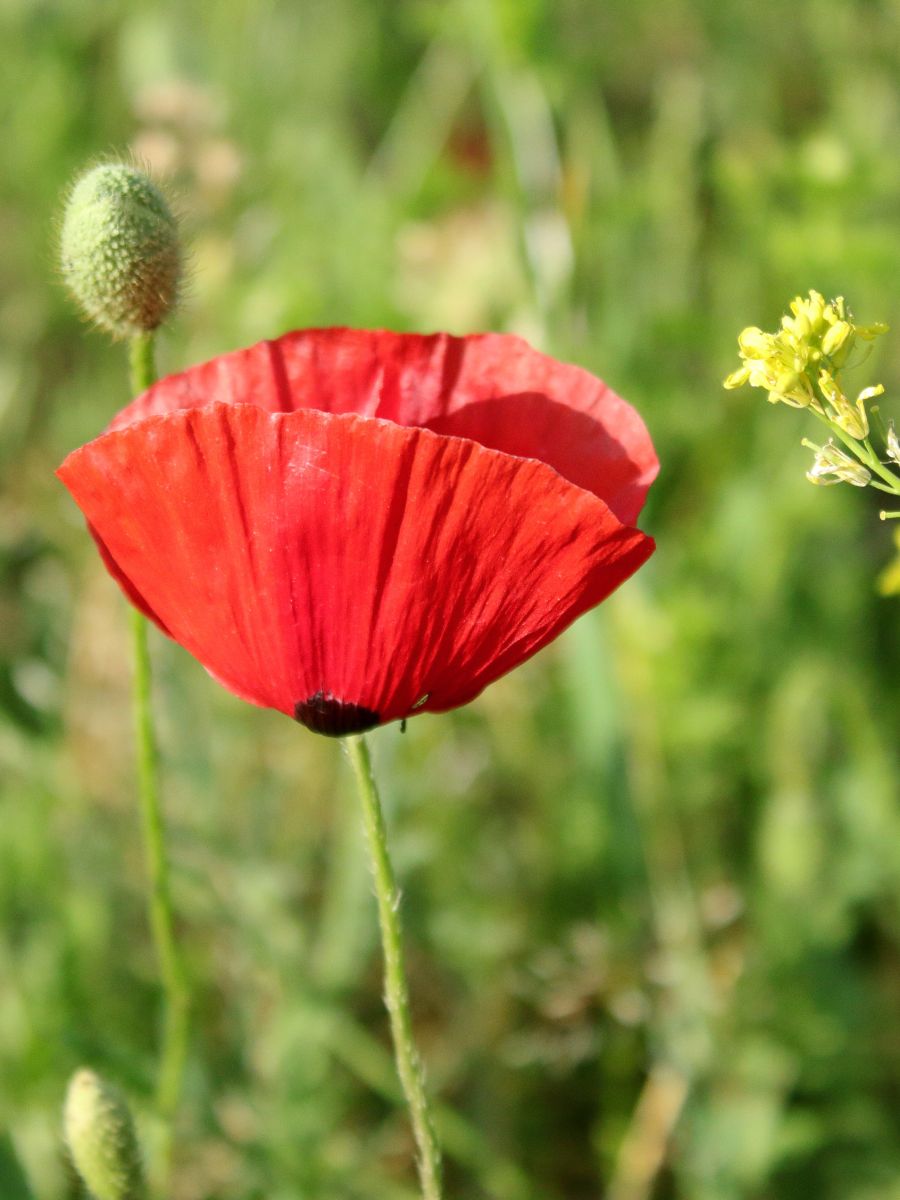How to Protect Your Plants from Summer Heat
As summer approaches, the scorching heat can pose significant challenges for your beloved plants. In this comprehensive guide, we will share expert strategies and insights on how to protect your plants from the intense summer heat, enabling them to thrive and flourish even in the hottest months.

Understanding the Effects of Summer Heat on Plants
Before delving into the effective techniques for safeguarding your plants, it is crucial to comprehend the detrimental impacts that excessive heat can have on them. High temperatures can lead to various problems, including:
- Dehydration: Intense heat accelerates evaporation, causing plants to lose moisture rapidly, leading to dehydration and wilting.
- Sunburn: Just like us, plants can get sunburned too! Excessive exposure to intense sunlight can cause discoloration, browning, and even tissue damage.
- Stunted Growth: Heat stress hampers the natural growth process of plants, often resulting in stunted or limited growth.
- Reduced Nutrient Uptake: Elevated temperatures can negatively impact a plant's ability to absorb essential nutrients from the soil, affecting its overall health and vitality.
1. Proper Watering Techniques
Watering your plants correctly is vital to combat the dehydrating effects of summer heat. Here are some best practices to ensure optimal hydration:
- Deep Watering: Rather than frequent shallow watering, focus on deep watering sessions to encourage roots to grow deeper. This helps plants access moisture from lower soil levels, making them more resilient to heat stress.
- Early Morning Watering: Water your plants early in the morning to allow sufficient time for the foliage to dry before the peak daytime temperatures. This minimizes the risk of diseases caused by excess moisture on leaves.
- Mulching: Apply a layer of organic mulch around your plants to conserve soil moisture, reduce evaporation, and regulate soil temperature. This protective layer also helps prevent weed growth, keeping your plants healthy and thriving.
2. Providing Ample Shade
Shielding your plants from direct sunlight during the hottest parts of the day is essential for preventing sunburn and reducing heat stress. Consider the following measures:
- Natural Shade: Identify areas in your garden that receive partial shade during the day and position heat-sensitive plants in those spots. This could be under the canopy of a tree or beside a tall structure that provides temporary shade.
- Shade Cloth: For plants that require more protection, consider using shade cloth or netting to filter sunlight. This will help regulate the temperature and prevent sunburn while still allowing adequate light for photosynthesis.
- Container Gardening: If you have potted plants, take advantage of their mobility and move them to shadier locations when the sun's intensity is at its peak.
3. Implementing Proper Ventilation
Proper air circulation is crucial for preventing heat buildup and maintaining optimal growth conditions for your plants. Here's how you can ensure good ventilation:
- Prune and Thin: Regularly prune your plants to remove excessive foliage and promote better air circulation. Thinning dense areas allows for increased airflow, reducing the chances of diseases caused by moisture buildup.
- Strategic Plant Placement: Arrange your plants with adequate spacing to prevent overcrowding. This not only enhances air movement but also minimizes competition for resources such as water and nutrients.
- Use of Fans: In enclosed spaces like greenhouses or indoor gardens, employing fans can help improve air circulation and dissipate heat. Be sure to set them to a gentle speed to avoid damaging delicate plants.
4. Applying Protective Measures
Additional protective measures can further fortify your plants against the summer heat. Consider these strategies:
- Appropriate Fertilization: During the summer months, opt for a slow-release or low-nitrogen fertilizer to avoid stimulating excessive foliage growth, which can make plants more vulnerable to heat stress.
- Organic Pest Control: Pests and diseases are more prevalent in warm weather. Employ natural pest control methods, such as neem oil or insecticidal soaps, to keep harmful insects at bay without introducing harsh chemicals to your garden.
- Temporary Shade Structures: For delicate plants or those prone to sunburn, erect temporary shade structures using lightweight materials like shade cloth or umbrellas. Ensure these structures are stable and don't obstruct air circulation.
- Regular Monitoring: Keep a close eye on your plants throughout the summer. Look for signs of stress, such as wilting, discolouration, or pests. Prompt action can prevent further damage and ensure timely intervention.
With the scorching heat of summer fast approaching, it is essential to protect your plants from the adverse effects of high temperatures. By implementing the strategies outlined in this guide, including proper watering techniques, providing ample shade, ensuring proper ventilation, and applying protective measures, you can create an environment that allows your plants to thrive and flourish even during the hottest months.
Remember, each plant has unique needs, so it is crucial to understand their specific requirements and tailor your care accordingly. By combining your knowledge with the expert strategies shared here, you'll be well-equipped to safeguard your plants and enjoy their beauty throughout the summer season.








